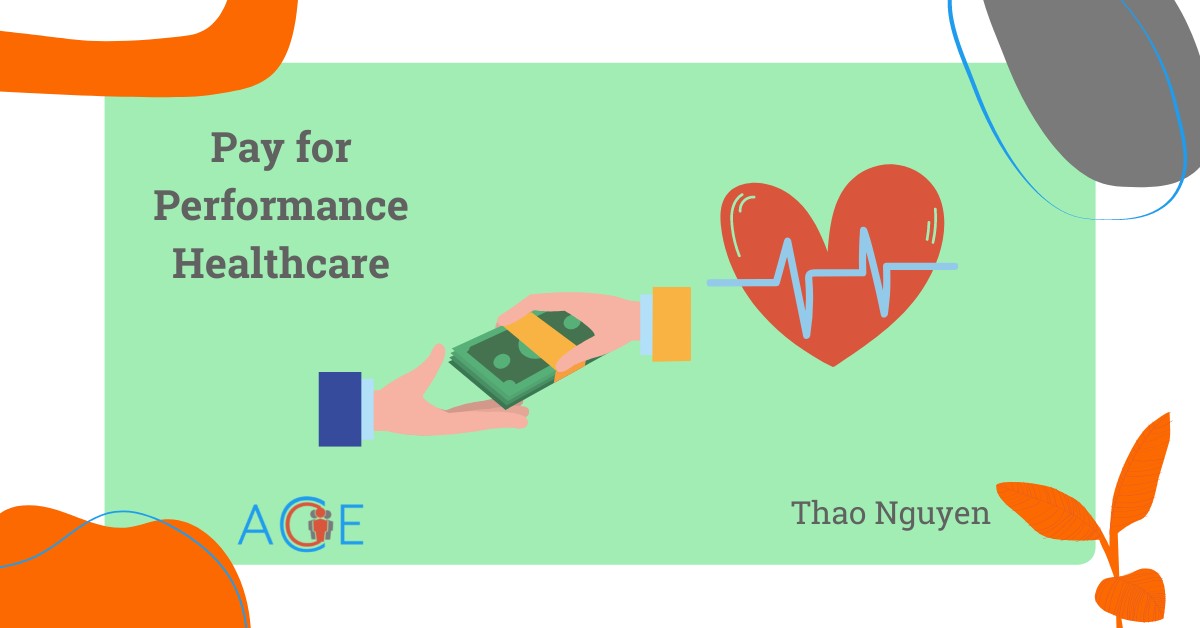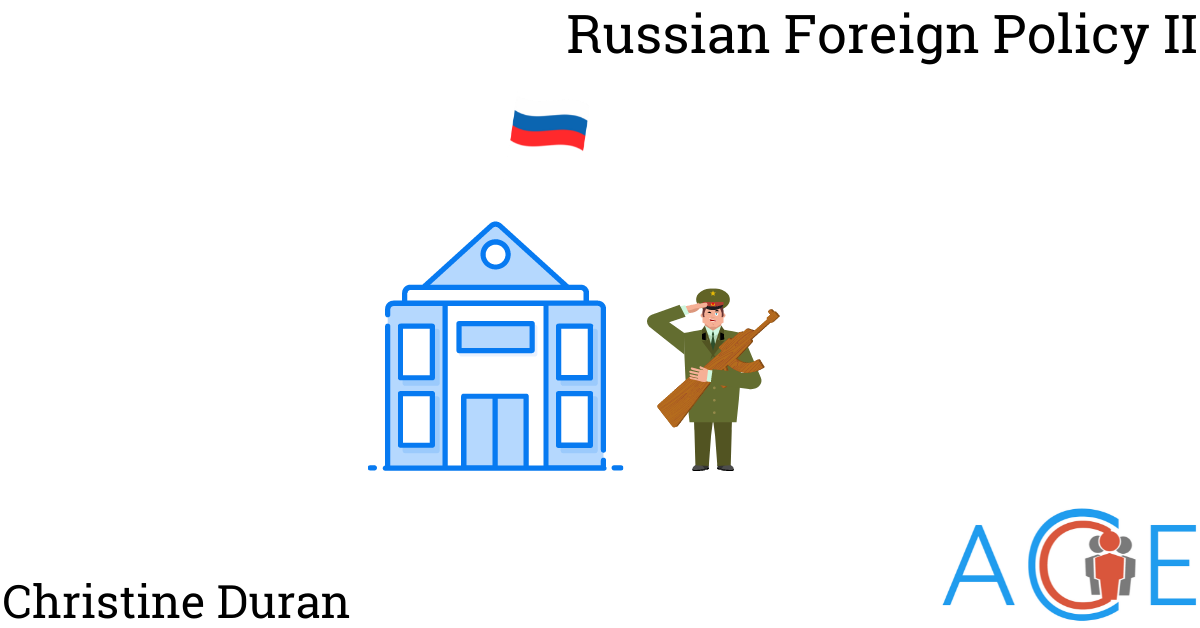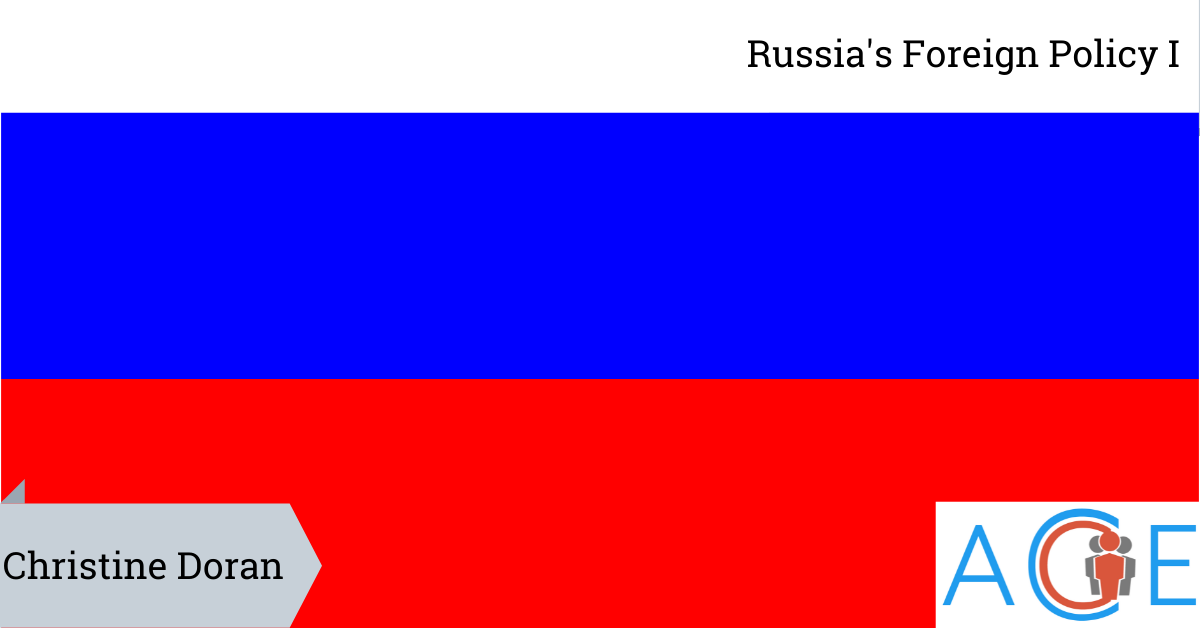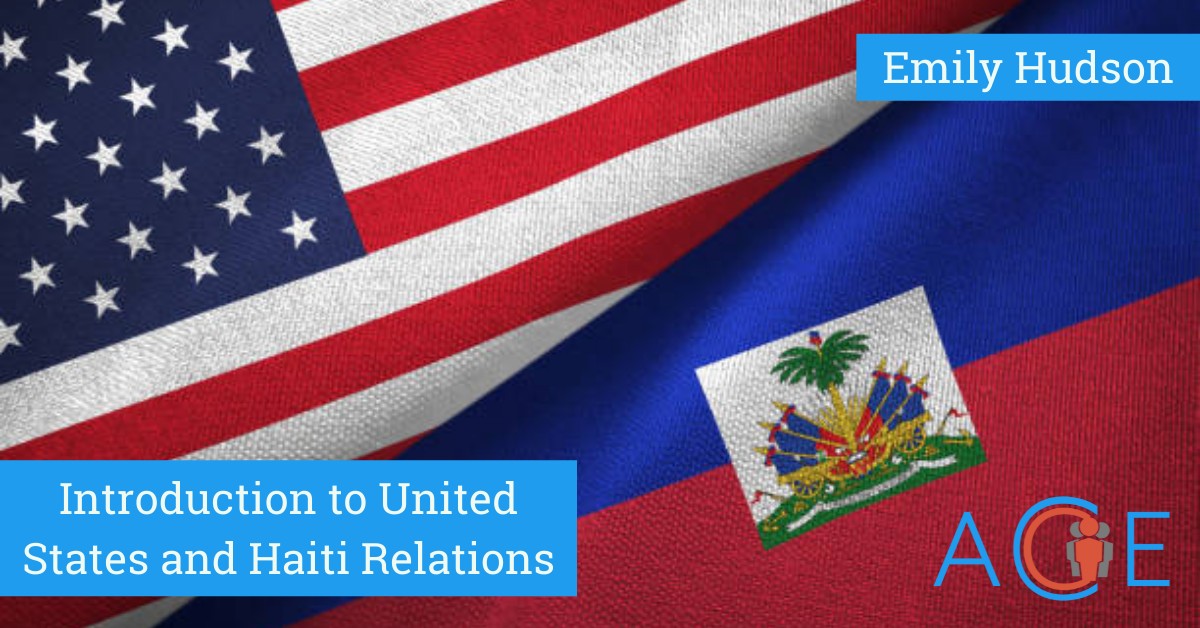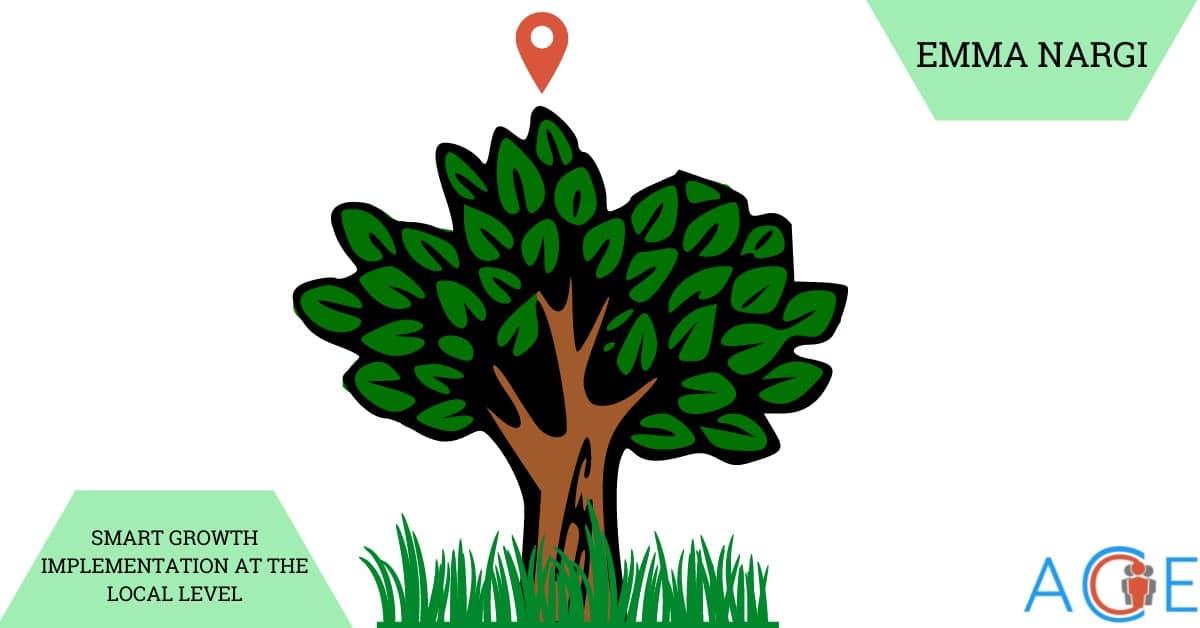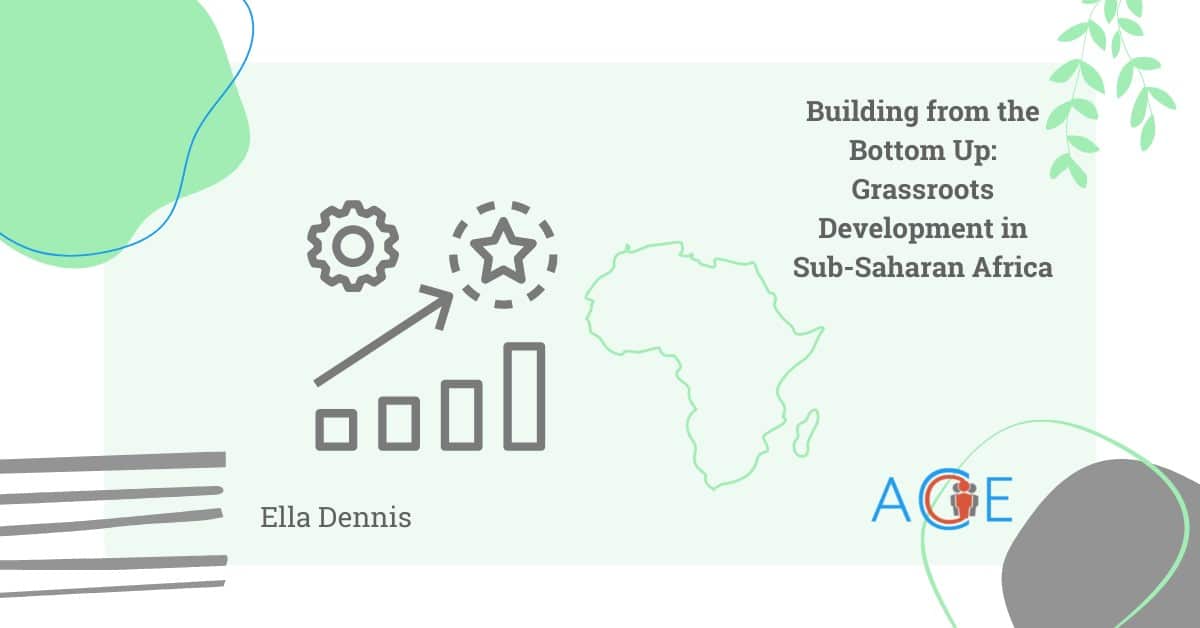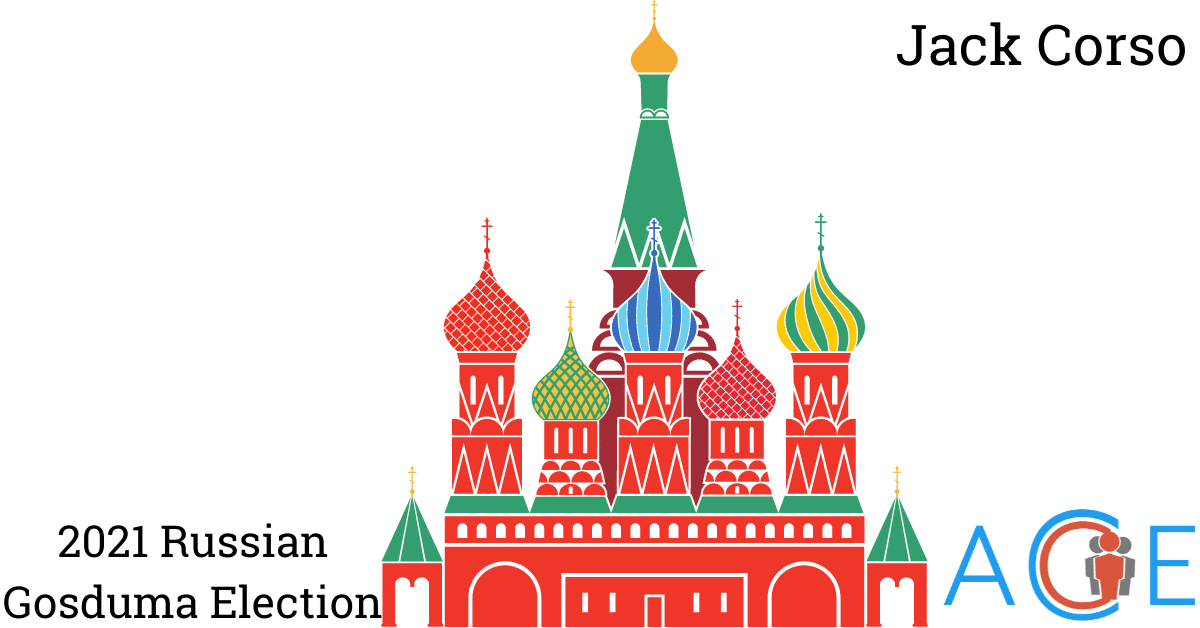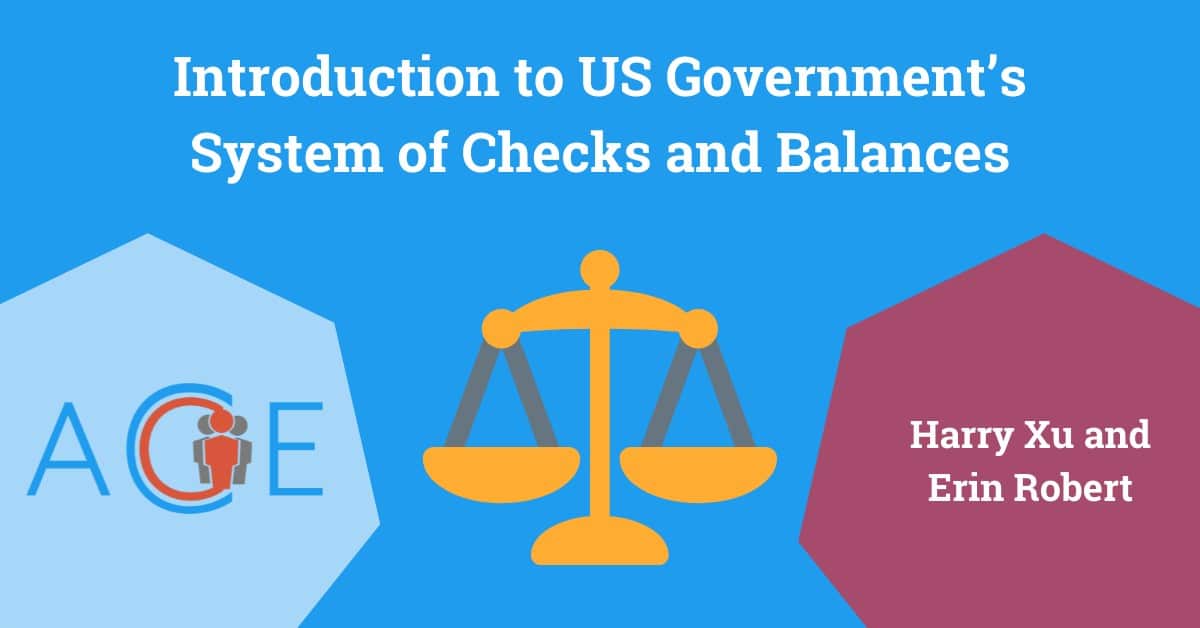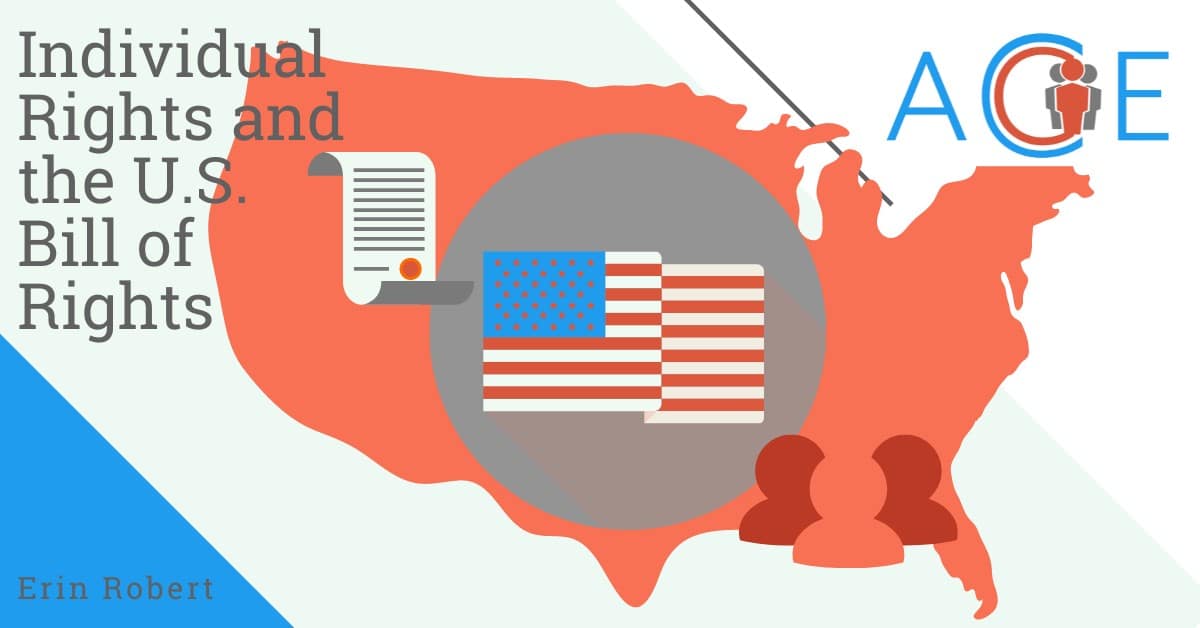Executive Summary:
Pay for performance (P4P) is a healthcare payment model that offers financial incentives to healthcare providers that meet certain performance measures. A wide range of healthcare providers are eligible to participate in P4P programs, including physicians, hospitals, and medical groups. Performance measures are predetermined evidence-based practices that lead to better patient health outcomes. Successfully meeting these performance measures should, in theory, lead to better patient health outcomes. The main objective of P4P programs are to lower healthcare expenditures while simultaneously improving patient health outcomes. There are two basic types of P4P programs: the first type provides financial incentives to healthcare providers if they meet performance measures, while the second type financially penalizes healthcare providers for bad practices and bad outcomes. Consistent positive associations between P4P programs and patient health outcomes have not yet been achieved in any healthcare setting. While some studies have shown that P4P programs produce positive results in ambulatory settings, results are often inconsistent across studies, the magnitude of the effect is not significant, or methodological flaws make results difficult to interpret. At the moment, there is currently no clear evidence that patient health outcomes will improve through implementing P4P programs.
Fee For Service Vs. Pay for Performance:
No country spends more on healthcare than the United States. In 2018, healthcare expenditures totaled 3.6 trillion dollars, averaging $11,172.00 per person, and accounting for 17.7% of Gross Domestic Product (GDP). Despite this, Americans experience poor health outcomes, compared to citizens from other high income countries (as defined by the World Bank). Relative to 10 other high-income countries, the US has the highest number of hospitalizations from preventable causes like diabetes and hypertension, the highest rate of avoidable deaths, the highest chronic disease burden, the highest obesity rate, and the lowest life expectancy. One solution proposed by United States policy makers to address high healthcare expenditures and negative patient outcomes is to implement large scale P4P programs.
P4P programs emerged in the early 2000s as an alternative kind of healthcare reform, deviating substantially from the traditional fee for service (FFS) healthcare payment models. P4P programs focus on issuing bonuses and penalties to healthcare providers, based on their adherence to performance measures and their patient health outcomes. This differs from FFS approaches, which pay healthcare providers universal rates regardless of patient health outcomes or financial efficiency. FFS systems are criticized for promoting healthcare providers to administer as many services as possible. This can lead to unnecessary spending on medical equipment, personnel, and facilities; substantially driving up healthcare costs while offering a marginal improvement of patient health outcomes.
For example, the United States has the second-highest number of MRI units per capita, at 40 MRI units per million people. This is more than four times the number of MRI units per capita in Canada. Similarly, Canada also has three times less cardiac surgeons per capita than the United States. This is due to the Canadian government restricting the number of MRI machines that hospitals can buy, and limiting how many hospitals can have open-heart surgery facilities. This forces Canadian healthcare providers to ration these services to patients that need them the most. Despite having three times more cardiac surgeons and performing far more cardiac surgeries than Canada, the survival rate of patients with myocardial infarctions (heart attacks) in the United States marginally differs. Critics argue that cases such as the one above demonstrate that FFS systems lead to healthcare overspending.
Performance Measures:
To counteract healthcare overspending, proponents of P4P programs advocate the use of performance measures in order to determine the amount of funding that healthcare providers receive. The most common type of P4P program rewards healthcare providers for meeting predetermined performance measures, usually in the form of bonuses and increases in funding. Performance measures tracked by P4P programs can be divided into four subcategories: process measures, outcome measures, patient experience measures, and structural measures.
- Process measures refer to clinicians’ performance of evidence-based practices that lead to positive patient health outcomes. An example of a process measure could be examining whether or not patients were counseled to quit smoking during an annual physical, determining how often healthcare providers check the blood pressure of patients that are admitted to the emergency room, and analyzing how accessible early detection cancer screenings are to at-risk patients.
- Outcome measures analyze certain end results following the administration of aftercare. An example of an outcome measure could include heart attack survival rates among patients admitted to the emergency room.
- Patient experience measures refer to patients’ perceptions of and satisfaction with the quality of care they receive. This can include patients’ perception of the quality of communication with their providers and the cleanliness and quietness of their rooms.
- Structure measures consider the physical facilities and equipment used during the care delivery process, an example being whether or not providers use health information technology.
Alternatively to issuing bonuses, pay for performance programs may also penalize healthcare providers for negative performance measures. Such penalties can include a reduction in funding and a reduction in services that the healthcare provider in question can offer. Negative performance measures can include poor patient health outcomes, medical errors, and inefficient spending.
Potential Benefits and Consequences of Implementing Pay for Performance Programs:
There are many debates both for and against implementing P4P programs. Proponents of P4P programs maintain that it is necessary to move away from FFS programs in order to eliminate the possibility of providers taking advantage of pay-by-volume approaches for healthcare funding. Such funding systems can lead to gross overspending, driving healthcare expenses up and ultimately making healthcare less accessible due to high costs. Furthermore, FFS programs often neglect preventative care’s role in improving patient health outcomes and minimizing healthcare expenditures. Many of the performance measures outlined in the section above embrace preventative care principles, which further incentivizes healthcare providers to focus on preventing diseases rather than treating them. P4P programs can be specifically designed to increase healthcare transparency through publicly reported metrics. This is beneficial for patients because it encourages provider accountability and motivates providers to strengthen their reputations, while building competition through consumer-informed choice.
In some areas, P4P has proved effective at decreasing negative patient outcomes. For example, 30-day hospital readmission rates have been falling since 2012 following the implementation of large scale P4P programs. However, while P4P programs have advantages, there are also criticisms against such programs. One of the most notable objections towards implementing P4P programs is that quality of care may be sacrificed for the sake of meeting performance measures. Critics have expressed concerns about the exacerbation of disparities as providers become disincentivized to treat certain populations that may not perform well on P4P measures. Similarly, more severe or complicated patients may be avoided, or patients who need end-of-life care may not receive it until the measured time period is complete, so as not to impair providers’ statistics. Another concern is the difficulty of measuring quality of care. There is controversy surrounding how effective performance measures are, since patient health outcomes can be affected by many external factors that are beyond healthcare providers’ control. Additionally, some P4P programs analyze financial performance measures separate from patient related performance measures. Certain performance measures may appear paradoxically good, despite a negative patient outcome. For example, financial performance measures may classify a patient that dies soon after an operation as more cost-efficient than a patient who is healthy but needs longer postoperative care prior to being discharged.
It’s inconclusive how effective P4P programs are at improving patient outcomes. A P4P demonstration project by the Centers for Medicare and Medicaid Services in partnership with Premier Inc. compared 260 hospitals that had implemented P4P programs against a control group of 780 hospitals that operated traditional FFS programs. The performance of hospitals implementing P4P initially improved more than the control hospitals, with more than half of P4P hospitals reaching high-performance scores while less than a third of control hospitals achieved high scores. However, by the fifth year of the program there was virtually no difference between the performance scores of P4P hospitals and control hospitals. Though P4P shows a lot of potential, evidence for its benefits is not conclusive, and more research is warranted regarding the outcomes of P4P programs, from both short-term and long-term perspectives.
